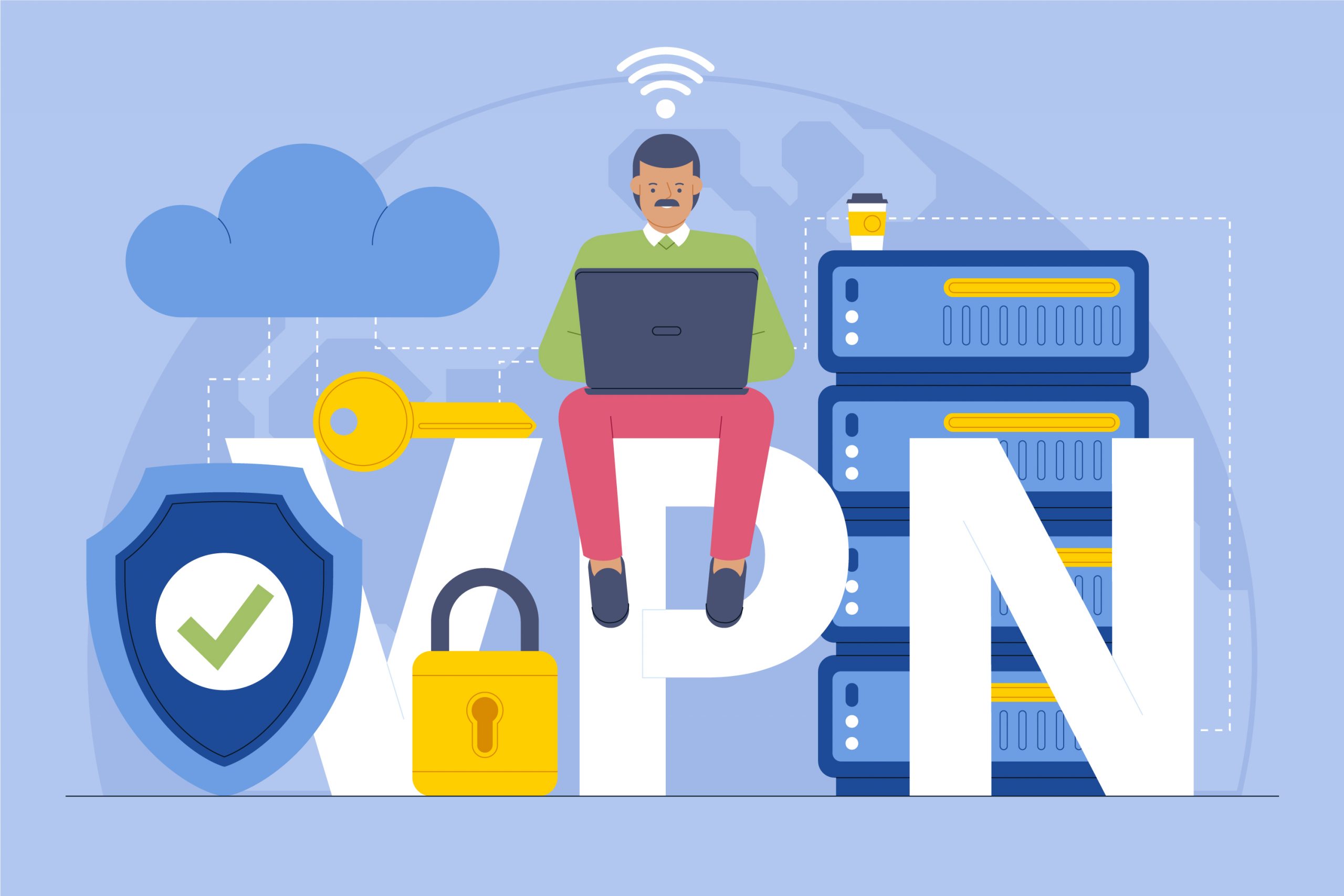As we approach 2025, the landscape of cybersecurity continues to evolve, and businesses must stay ahead of emerging threats. To protect sensitive data and ensure business continuity, investing in the right cybersecurity tools for 2025 is crucial. Here, we explore the top 10 tools that will dominate the cybersecurity field in the coming year.
1. Advanced Threat Protection Tools for 2025
Cybersecurity tools will increasingly focus on advanced threat protection. These tools use artificial intelligence (AI) and machine learning (ML) to detect, prevent, and respond to sophisticated cyber-attacks in real time. Examples include tools that analyze network traffic and identify anomalies that could indicate a potential breach.
2. Cloud Security Solutions for 2025
With more businesses moving to the cloud, cybersecurity tools must prioritize cloud security. These tools are designed to protect data stored in the cloud and ensure safe access to cloud-based applications. Features like encryption, multi-factor authentication (MFA), and secure access policies will be essential for safeguarding cloud environments.
3. Endpoint Security Tools for 2025
Cybersecurity tools will place a heavy emphasis on securing endpoints, such as laptops, smartphones, and IoT devices. Endpoint security tools protect against malware, ransomware, and other threats that target devices on a network. They ensure that every device connected to the organization’s infrastructure is secured and monitored.
4. SIEM (Security Information and Event Management) Tools
SIEM tools will continue to be a critical part of cybersecurity tools for 2025. These tools aggregate and analyze security data from various sources to detect and respond to incidents. Real-time monitoring and automated responses are key features that will help organizations quickly identify and mitigate threats.
5. Identity and Access Management (IAM) Tools for 2025
With an increasing number of remote workers and cloud-based applications, cybersecurity tools for 2025 will heavily rely on IAM solutions. These tools manage user identities and control access to sensitive systems. By implementing IAM tools, businesses can ensure that only authorized users gain access to critical data and applications.
6. Vulnerability Management Tools
Cybersecurity tools for 2025 will focus on proactive vulnerability management. These tools scan systems for weaknesses and provide actionable insights to help organizations prioritize and fix vulnerabilities before they can be exploited by attackers.
7. Threat Intelligence Platforms
As cyber threats become more sophisticated, cybersecurity tools for 2025 will rely on threat intelligence platforms that provide real-time data on emerging threats. These platforms collect and analyze data from a variety of sources, helping businesses stay informed about new attack vectors and vulnerabilities.
8. Data Loss Prevention (DLP) Tools
Data security remains a top priority, and cybersecurity tools for 2025 will include advanced DLP solutions. These tools monitor and protect sensitive data, preventing unauthorized access and data leaks. DLP tools will use AI to analyze user behavior and prevent potential breaches.
9. Incident Response Platforms
In the event of a breach, cybersecurity tools for 2025 will include comprehensive incident response platforms. These tools streamline the response process, enabling organizations to quickly detect, contain, and recover from cyber-attacks. Automated workflows will be crucial to minimizing the impact of an incident.
10. Automated Penetration Testing Tools for 2025
Automated penetration testing tools will continue to be a vital part of cybersecurity tools for 2025. These tools simulate real-world attacks on a system, helping organizations identify vulnerabilities before attackers can exploit them. Automation allows for continuous testing and rapid identification of potential threats.
Conclusion
As we look toward 2025, cybersecurity tools for 2025 will play a pivotal role in defending against evolving threats. From AI-driven protection tools to comprehensive incident response platforms, the right tools will help businesses stay secure in an increasingly digital world. To learn more about cybersecurity solutions, visit Bedots.
Read more: Zero Trust Architecture: Building a Secure Future



